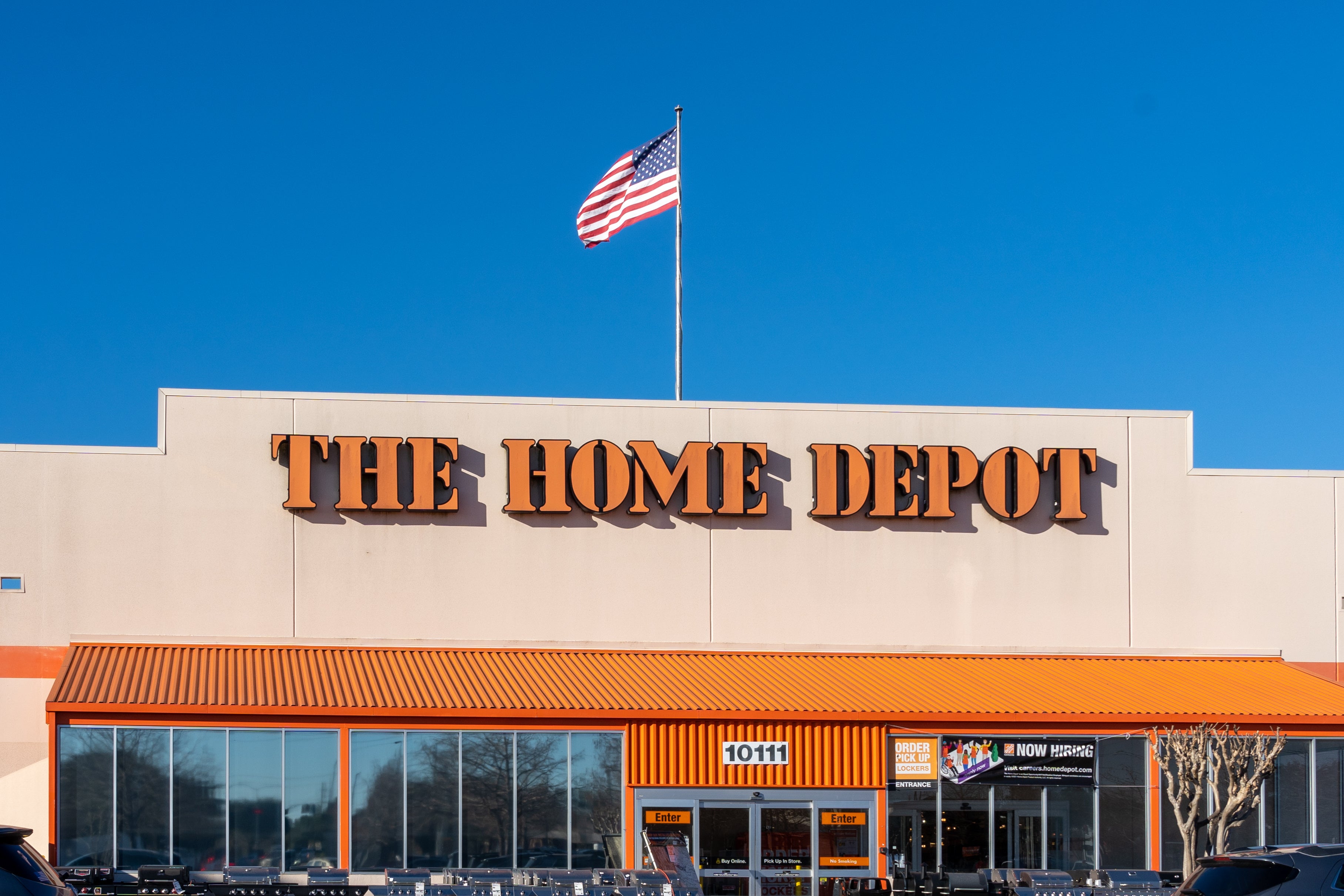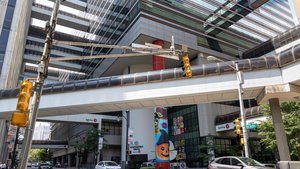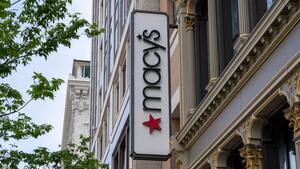It’s the fifth-largest retailer in the country and it’s already doing at least $6 billion in home furnishings, but if Home Depot ever gets really serious about the category, it could change absolutely everything in the market. And that may be coming sooner than many people realize.
Early next month, Home Depot will run its second Decor Days online promotional event, and it may be just a taste of how the home improvement giant is planning to expand its business in this category. With the remodeling and DIY segments slowing as the housing market continues to stall, home decor represents perhaps its greatest area of potential growth after the professional builder and contractor sector. (The company is already targeting the latter with both organic and external moves.)
Right now, home decor—at least, as Home Depot narrowly defines it (decor plus storage)—represents only about 4 percent of the company’s $152 billion a year in annual revenue, or about $6 billion. However, a broader interpretation of the category that includes flooring and appliances takes that figure up to around 19 percent, or about $29 billion. And by the brand’s broader-still delineation of its business, it says “decor”—which one can assume also includes lighting, some gardening, and kitchen and bath products—represents almost one-third of its overall annual revenue, clocking in at about $50 billion. (All numbers are based on the company’s 2023 fiscal year.)
As the home furnishings industry tends to define “decor” (furniture, home textiles, housewares, rugs, and decorating merchandise like wallpaper), very little is actually found in Home Depot stores. There are rugs, carpeting, wallcoverings and a selection of window treatments, but not much more. The rest of these merchandising categories are sold online, where the offerings are extensive, including cookware, small appliances, furniture and tabletop.
That’s why Decor Days, set for May 2 to 6—a shopping period leading up to Mother’s Day—is an online-only event. Following the more limited debut of this promo last October, the second iteration has expanded to feature furniture, mattresses, lighting, rugs, wall art and kitchen tools, said the company in a release. The product selection will include brands such as KitchenAid, Tempur-Pedic and Ember, as well Home Depot’s private labels, Home Decorators Collection and StyleWell.
For Home Depot, this is the latest step in its on-again, off-again romance with home furnishings. In 1991, it launched its Expo Design Center concept, an upscale, broad-based big-box store that emphasized solutions for full kitchen and bathroom projects, as well as furnishings and decorating products. The brand eventually built the business up to more than 50 locations and at one time talked about operating as many as 200. But it never got there—and while the company didn’t break out the sales of this nameplate, one can assume the gradual store closings signaled it wasn’t successful. Finally, in 2009, it shuttered the last of the 34 still in operation and walked away from the concept.
The company also dabbled with another spinoff, Floor Store, which was launched in 2000 and grew to seven locations and a call center, primarily in Texas. Again, the brand said the concept wasn’t performing as well as it had hoped before it shut down seven years later. Both of these divisions, it should be noted, were dissolved during the period of the 2008 housing crisis, when Home Depot’s overall business was severely challenged.
In 2017, Home Depot purchased The Company Store, an online retailer of primarily home textiles and soft furnishings, and it appeared to be a step closer to building out that business within its overall operation. The subsidiary continues to operate both as a stand-alone brand and on the Home Depot website, but has not been positioned as a critical part of the decor mix.
Home Depot’s archrival, Lowe’s, is also targeting the home decor segment, though it doesn’t break out its revenues specifically for the category. Lowe’s likely does more in-store decorating business than its competitor, as its customer base skews a little more toward female shoppers. Recently it, too, launched private-label furnishings and decor brands, also with larger assortments offered online.
Now that Home Depot is generally quite sound financially, in spite of a post-pandemic industry-wide slump, it is substantially expanding its pro builder business by buying up other suppliers as well as adding dedicated distribution centers (Lowe’s has a similar strategy). The company says that even though pro builders represent only 10 percent of its customer count, they generate about half of its overall annual revenue.
So, where does that leave decor? Far behind—but still potentially Home Depot’s next big driver of growth.
____________
Warren Shoulberg is the former editor in chief for several leading B2B publications. He has been a guest lecturer at the Columbia University Graduate School of Business; received honors from the International Furnishings and Design Association and the Fashion Institute of Technology; and been cited by The Wall Street Journal, The New York Times, The Washington Post, CNN and other media as a leading industry expert. His Retail Watch columns offer deep industry insights on major markets and product categories.






























